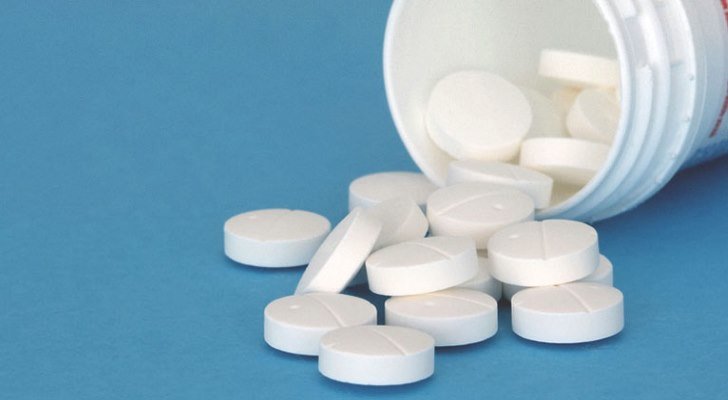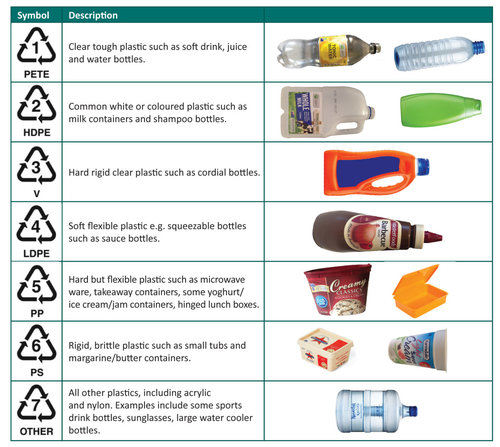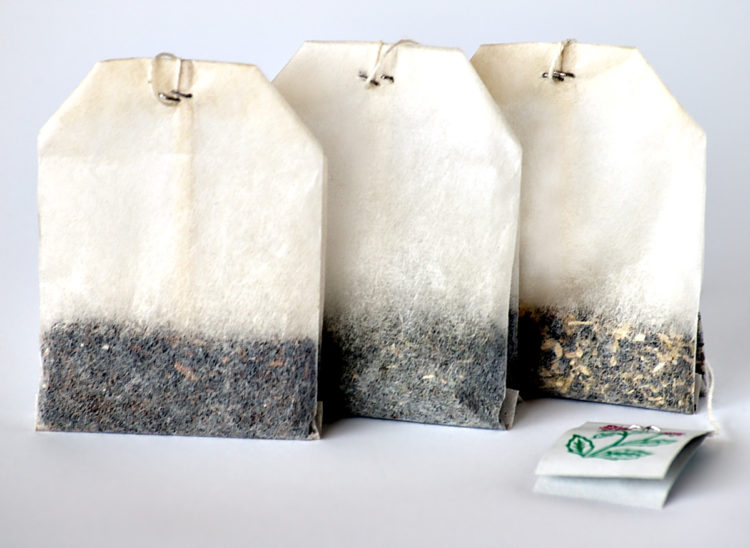‘Silken’ bags for premium teas are made of PET or nylon, but it’s not known if that poses health risk
From the CBC website:
You may be swallowing billions of tiny plastic particles while sipping a cup of freshly brewed gourmet tea, a new study from McGill University in Montreal suggests.
Many
fancier teas now come in “silken” bags instead of paper. Some of them
are pyramid-shaped, which is billed as a way to make room for the large
leaves in premium teas to expand.
Nathalie Tufenkji, a
professor of chemical engineering at the Montreal university, was
surprised to find one such bag in the tea she ordered from a coffee shop
one morning.
It looked like plastic, she recalled. “I said, ‘Oh God, I’m sure if it’s plastic it’s, like, breaking down into the tea.'”
So when she got into the lab, she asked her graduate student, Laura Hernandez, to go out and buy a bunch from different brands.
Sure
enough, Hernandez’s lab tests showed that when steeped in hot water,
the tea bags released microplastic and even smaller nanoplastic
particles — and not just the hundreds or thousands Tufenkji had been
expecting.
“We were shocked when we saw billions of particles in a single cup of tea,” she said.
One
cup from a single tea bag could contain 11.6 billion microplastic and
3.1 billion nanoplastic particles, the researchers estimated from their
results, published Wednesday in the journal Environmental Science & Technology.
The
bits are so tiny — on average, the size of grains of dust or pollen
— that the amount in one cup is about 16 micrograms or one-sixtieth of a
milligram of plastic.
But that’s still much more than has been found in other foods and beverages, including tap and bottled water, beer, honey, fish and shellfish, chicken
and salt. Tufekji said that’s partly because her study included and
counted smaller particles than most other studies. But it’s also
because, for most foods and beverages, the plastic is an accidental
contaminant. With tea “you’re literally adding plastic into the
beverage.”
That may sound unappetizing, but is it a health risk?
The
Tea and Herbal Association of Canada told CBC News in a statement that
the materials used in the tea bags in the study, PET (polyethylene
terephthalate, found in plastic drink bottles) and nylon (used in many
food bags and pouches), have been deemed safe for use in contact with
hot food and beverages. It added there is no evidence the microparticles
pose a risk to human health.
The World Health Organization has said the risk from microplastics in drinking water is low, especially if the particles are relatively large.
But in general, there isn’t much known on the impact of microplastics on human health.
“There’s
really no research. But this really points to the need to do those
studies,” Tufenkji said. “Think of people who drink one or two or three
cups of tea a day, every day.”
Collectively, Canadians drink about 10 billion cups of tea a year.
Tufenkji says the potential health risk isn’t the only reason to stick to paper tea bags and loose leaf tea.
“Personally, I would say avoid the plastic tea bags because it’s just another single-use plastic” — something many governments, including Canada’s, are trying to reduce due to the impact on oceans and the challenges of recycling it.
The
researchers counted the plastic particles by cutting open bags of tea,
removing the tea, rinsing off any pieces that might have come off during
cutting, and then steeping the bags in distilled water at 95 C. They
then took a sample, let the water evaporate, and counted the plastic
particles under an electron microscope, then extrapolated to get the
amount in one cup. They also used other instruments to identify the type
of plastic in each bag.
The researchers also repeated the
experiment with uncut bags that still contained tea to make sure the
cutting didn’t cause the bags to shed, and with loose tea leaves,
confirming that uncut bags shed microplastics too (although they were
harder to count) and the plastic didn’t originate from the tea itself.
Finally,
they did a preliminary study where they exposed water fleas — tiny
freshwater animals distantly related to shrimp — to the microplastics
from the tea bags, which are similar in size to their food.
The water fleas didn’t die, but swam “crazily,” Tufenkji said. “It really stresses them out.”
They
also changed shape, revealed CT scans performed by McGill researcher
Hans Larsson. The study described the exposed water fleas as having a
“ballooned” carapace.
Tufenkji said the results point to the need for more studies with other animals.
It also motivates her research group to see if other plastic packaging might be releasing particles into food and beverages.
The
study was funded by the Canada Research Chairs program, the Canada
Foundation for Innovation, the Natural Science and Engineering Research
Council of Canada, and McGill University.
Here are the takeaways
Matthew
Hoffman, a researcher who studies freshwater plastic pollution at the
Rochester Institute of Technology but wasn’t involved in the new study,
said the experiments seemed well designed and robust.
“One of
the big takeaways,” he wrote in an email, “is that the humans would be
exposed to orders of magnitude more plastic particles than has been
reported from previous food and drink studies.”
His
colleague, Christy Tyler, an aquatic ecologist who was also not involved
in the newly released research, noted the small size of the particles
in the study.
“We’re getting a clearer understanding that
nanoscale plastics (like other nano-scale particles) can cross into
cells,” she wrote.
While it wasn’t clear exactly how the
microplastics were causing changes in the water fleas, and we don’t know
the effects on humans, she added, “it’s still cause for caution in how
we approach widespread use of these materials in our everyday products.”





